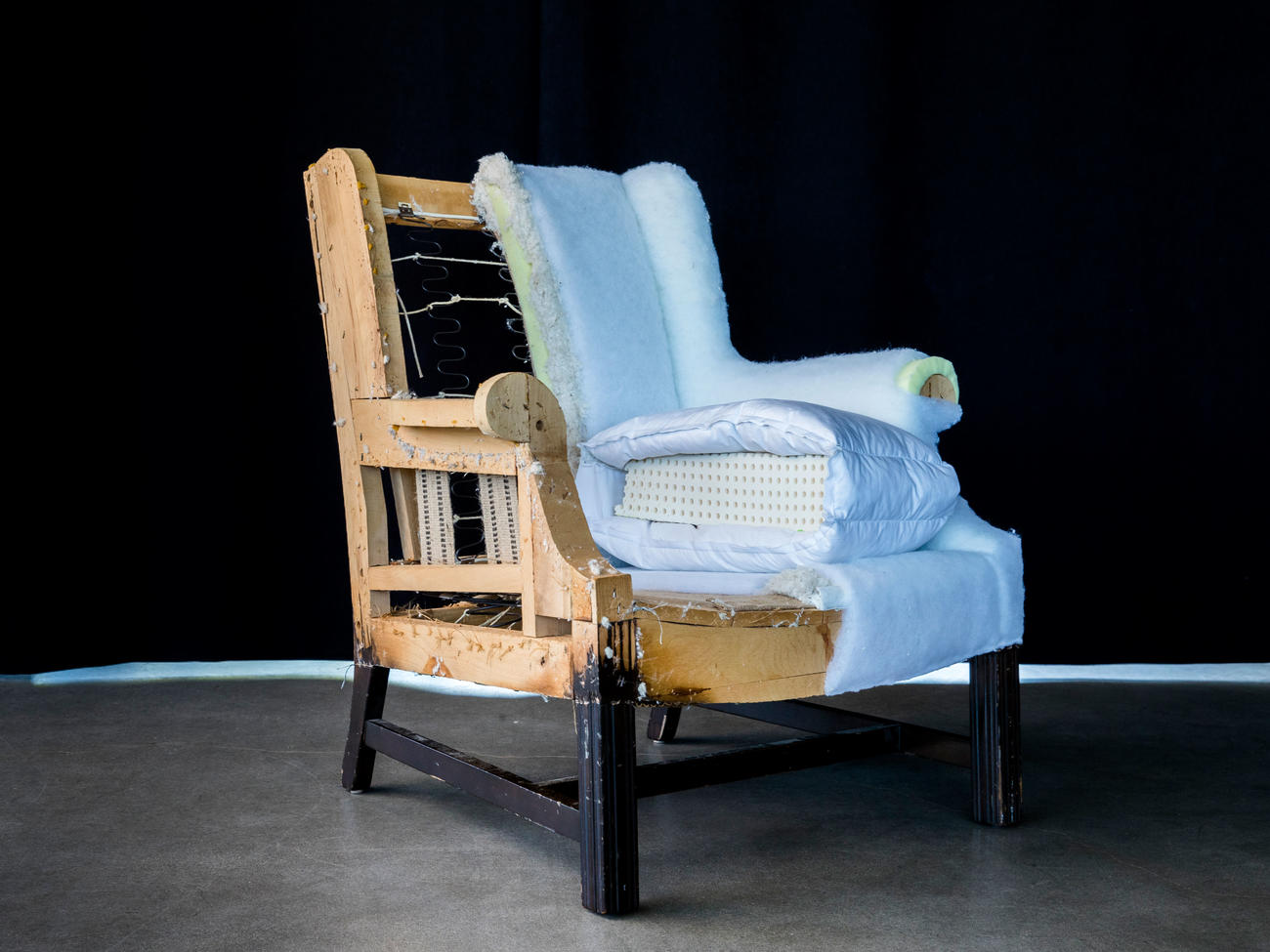
Upholstery 101: All the Essentials You Need to Know
Considering a do-it-yourself upholstery project? We consulted with upholstery expert Lauren Siegel of Save My Seat for an overview of the craft

Behind the scenes of an upholstered chair.
Ever wonder what’s beneath the fabric of an upholstered chair or couch? Those layers of horsehair, hand-tied coil spring, tacks, webbing, and foam are generally the internal makeup of upholstered pieces. All of those details equate to a whole lot of labor, meaning that reupholstering an existing piece often won’t be less expensive than purchasing a new one. Upholstery is worth the expense if you’re restoring a beloved piece or simply prefer the bones of antique or vintage furnishings. If you’re ready to pull the trigger on a furniture makeover, here’s what you need to know—from fabric to foam and trim—before you go.
